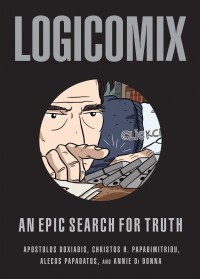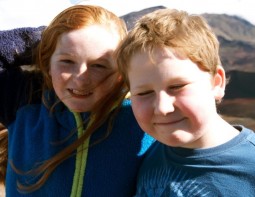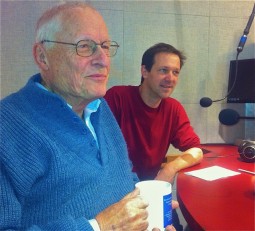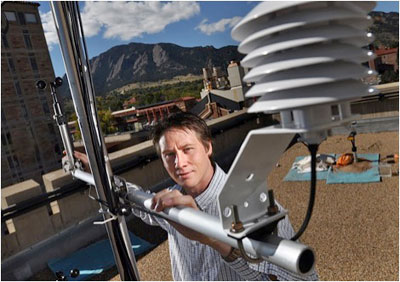
We celebrate 20 years of How on Earth, featuring the 1st ever KGNU science show, 20 years ago, including Bucky Balls, Electromagnetic Radiation and Cows, Hubble, Bubble, Toil and Trouble, and along the way, we give updates on current science issues, including Tom McKinnon talking about applications for Bucky Balls (Fullerenes) today, a conversation with CU Electrical Engineer Frank Barnes, who is one of the world’s most sought-after experts on EMFs, Southwest Research Institute Astrophysicist Joel Parker gives an update on space telescopes, and CU Science Journalism professor Tom Yulsman talks about an issue NOT on the radar 20 years ago — global climate change. We also share information about tonight’s Denver Cafe Sci, with Brian Hynek, about “Mars: Are We Alone?” Special thanks to How on Earth original producers Sam Fuqua and Jeff Orrey for being here as part of the show.
Co-hosts: Joel Parker and Susan Moran
Engineer: Shelley Schlender
Producer: Shelley Schlender
Executive producer: Shelley Schlender
Listen to the show:
Podcast: Play in new window | Download (Duration: 24:01 — 22.0MB)
Subscribe: RSS




![Nicotine Patches Don’t Work [extended version]](https://howonearthradio.org/wp-content/uploads/2012/01/Quit-Smoking1.jpg)











